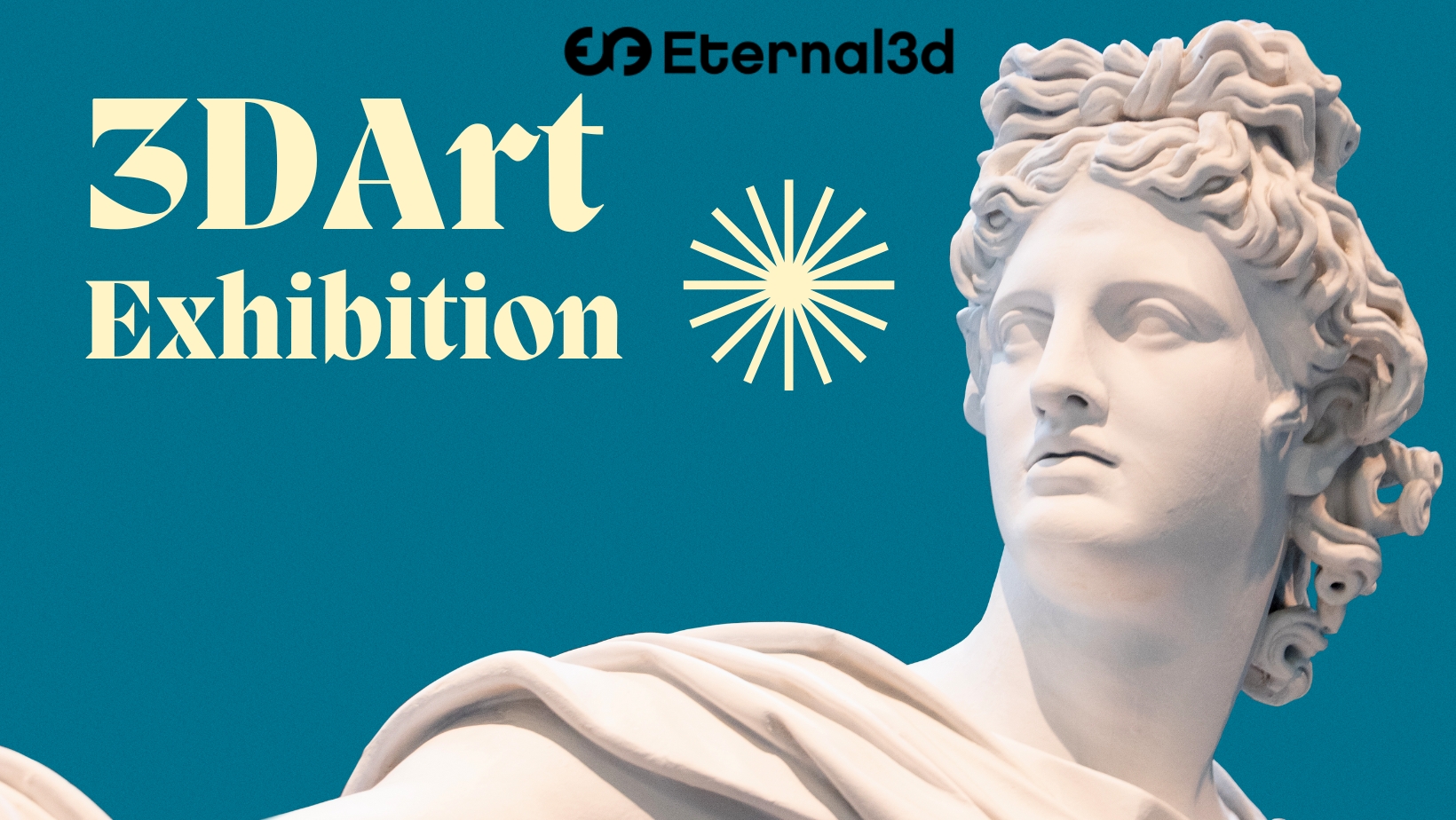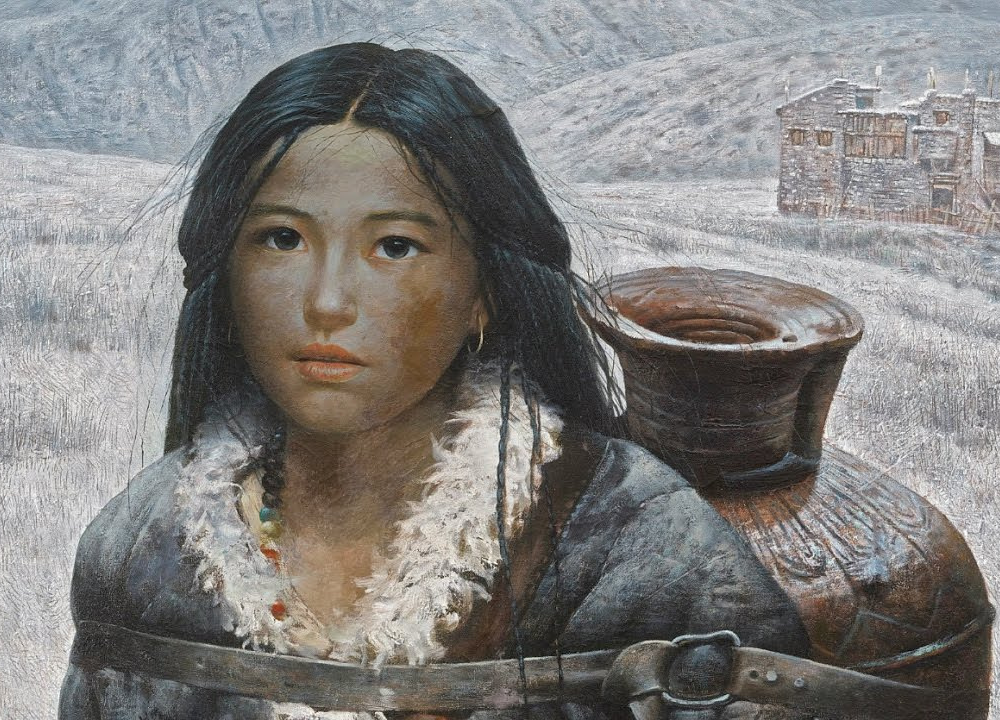Widely regarded as the most influential Mexican artist of the 20th century, Diego Rivera was truly a larger-than-life figure who spent significant periods of his career in Europe and the U.S.
Together with David Alfaro Siqueiros and Jose Clemente Orozco, Rivera was among the leading members and founders of the Mexican Muralist movement.
Deploying a style informed by disparate sources such as European modern masters and Mexico’s pre-Columbian heritage, and executed in the technique of Italian fresco painting.

Rivera handled major themes appropriate to the scale of his chosen art form: social inequality; the relationship of nature, industry, and technology; and the history and fate of Mexico.
More than half a century after his death, Rivera is still among the most revered figures in Mexico, celebrated for both his role in the country’s artistic renaissance.
Source : https://www.theartstory.org/artist/rivera-diego/

Diego Rivera (1886-1957) was a renowned Mexican painter and muralist known for his large-scale murals that often depicted social and political themes. Here are some key points about his life and career:
Early Life and Education: Diego Rivera was born in Guanajuato, Mexico. He showed an early talent for art and began studying at the Academy of San Carlos in Mexico City. He later traveled to Europe, where he was influenced by various artistic movements, including Cubism.
Artistic Style: Rivera’s style evolved over the years, but he is most famous for his mural paintings. His murals often featured bold, colorful imagery and were characterized by their social and political themes. He used a combination of realistic and symbolic elements to convey his messages.
Social and Political Themes: Rivera’s work frequently addressed issues of social justice, labor, and class struggle. He was a passionate advocate for the working class and indigenous peoples of Mexico. His murals often depicted scenes of workers, peasants, and historical events.
Collaborations: Rivera collaborated with other notable artists and intellectuals of his time, including Frida Kahlo (his wife), David Alfaro Siqueiros, and Jose Clemente Orozco. Together, they played a significant role in the Mexican muralism movement.
Public Art: Many of Rivera’s murals can be found in public buildings in Mexico and the United States. Some of his most famous works include the murals at the National Palace in Mexico City, the Detroit Institute of Arts, and the San Francisco Art Institute.
Political Activism: In addition to his art, Rivera was involved in political activism. He was a member of the Mexican Communist Party and had strong leftist beliefs, which often influenced his work.
Legacy: Diego Rivera is considered one of the most influential artists of the 20th century, and he is celebrated not only for his artistic contributions but also for his role in shaping Mexican identity and culture. His work continues to be studied and admired for its social and political commentary.
Diego Rivera’s art and legacy have left a lasting impact on the world of art and on the broader conversation about social justice and inequality. His murals remain important cultural landmarks and symbols of Mexico’s artistic heritage.



